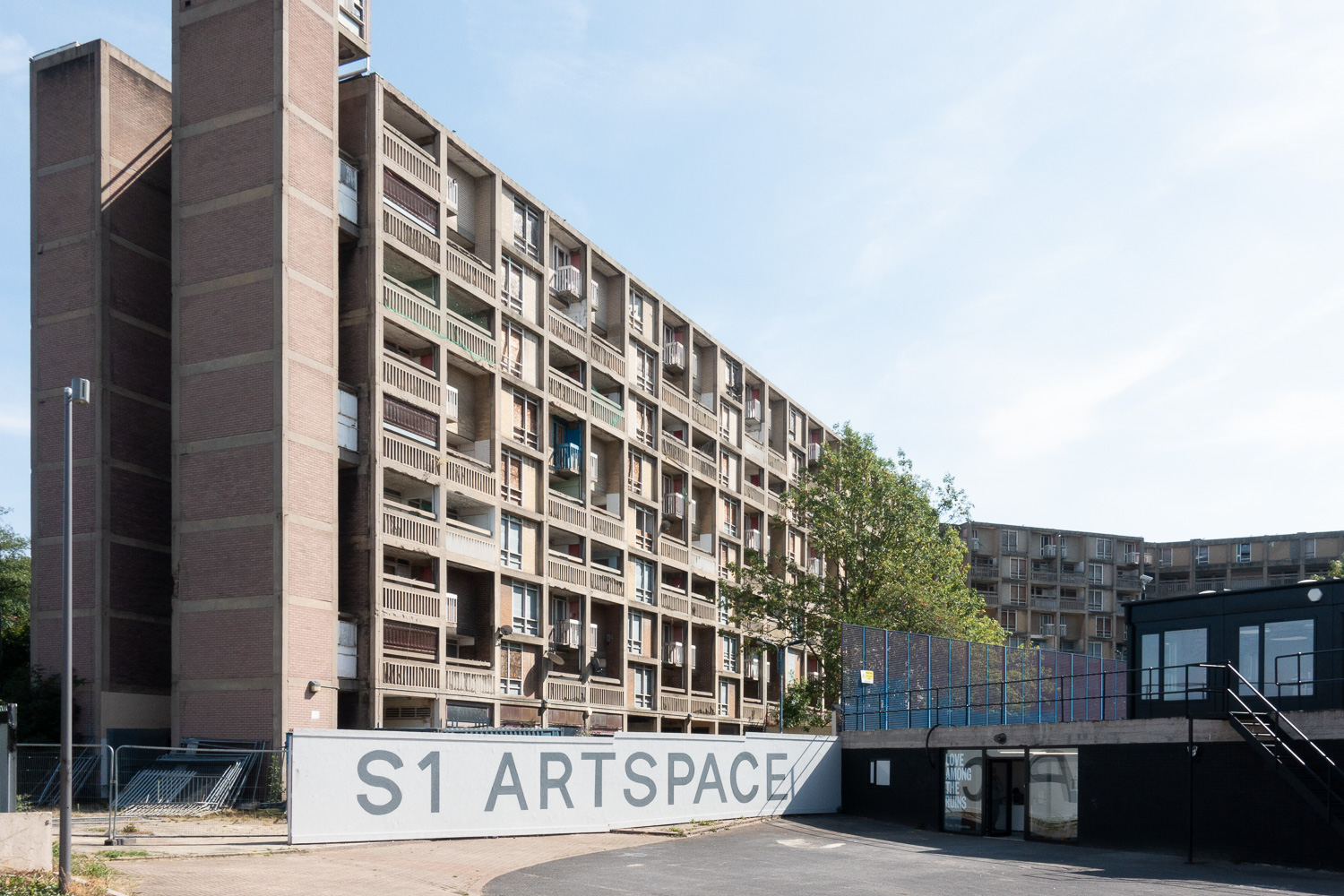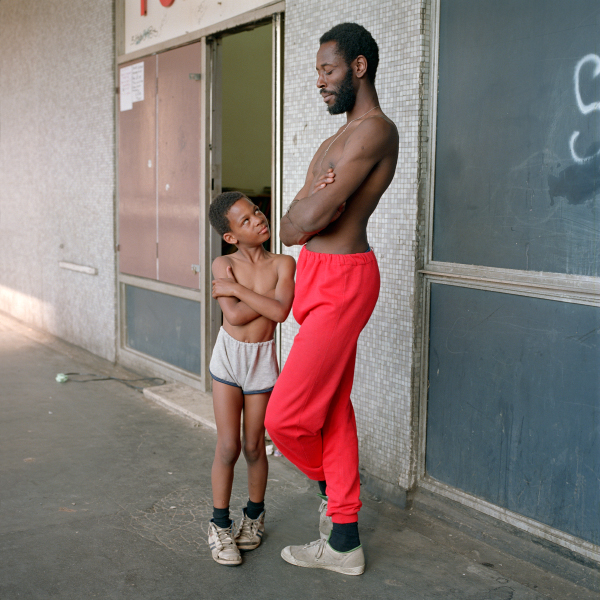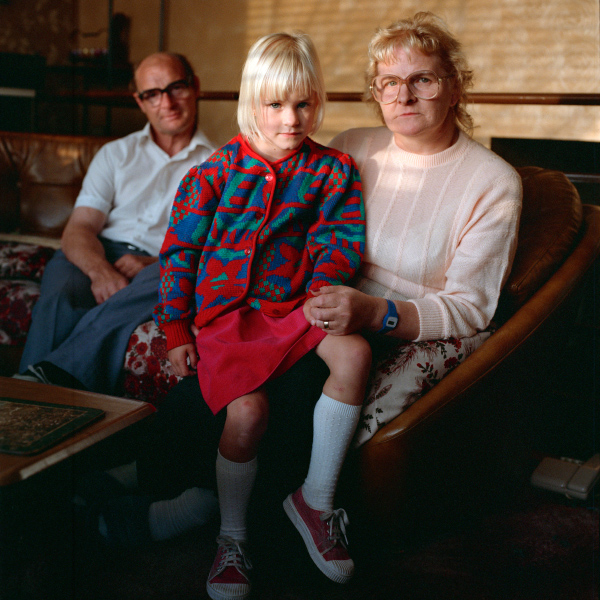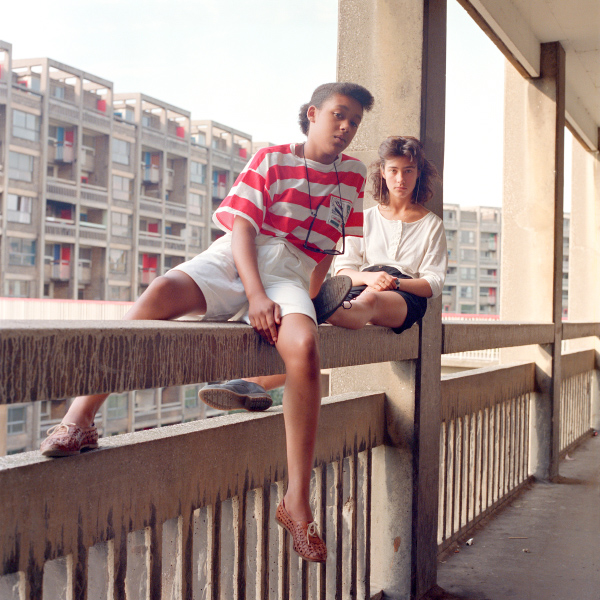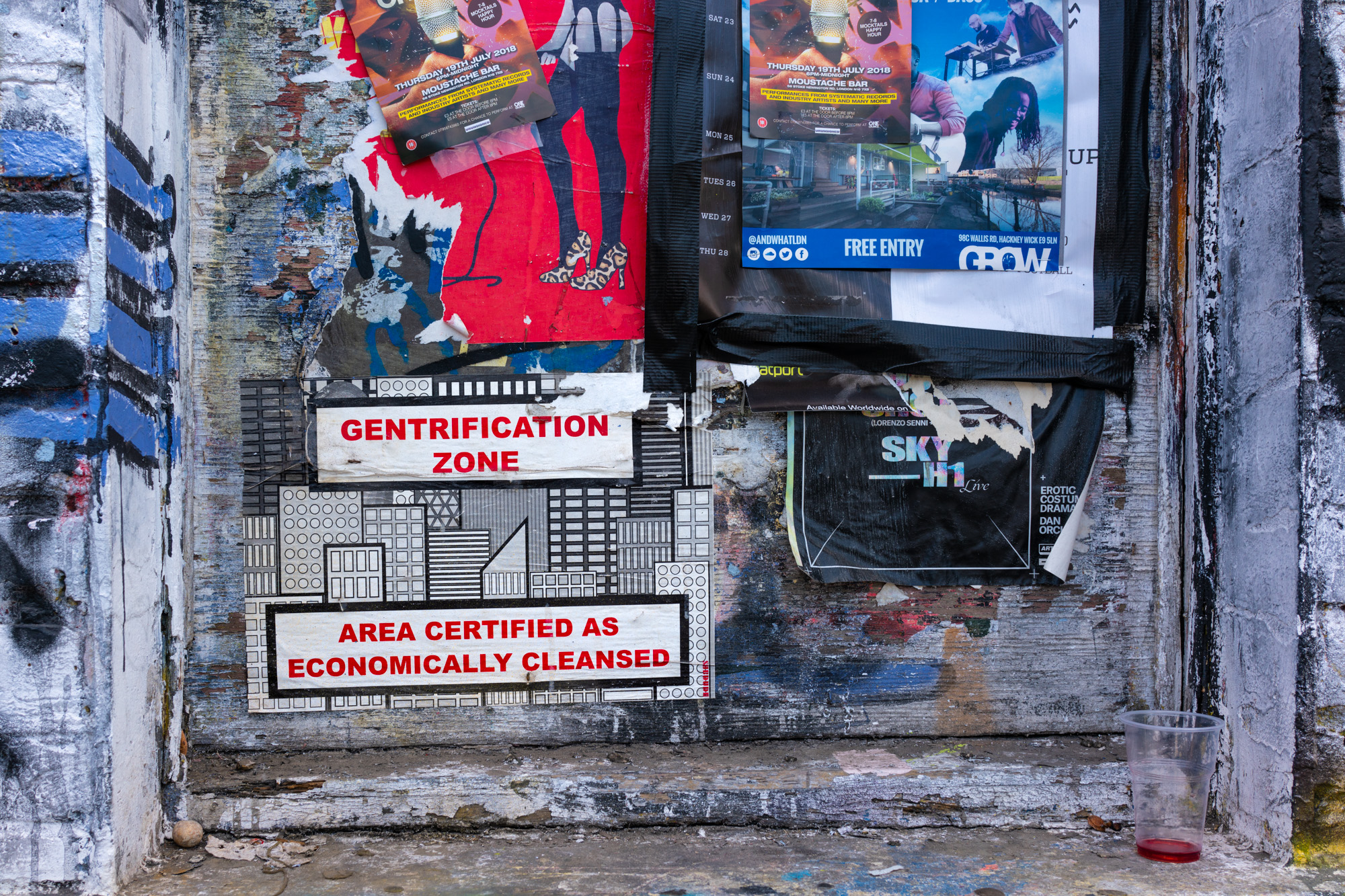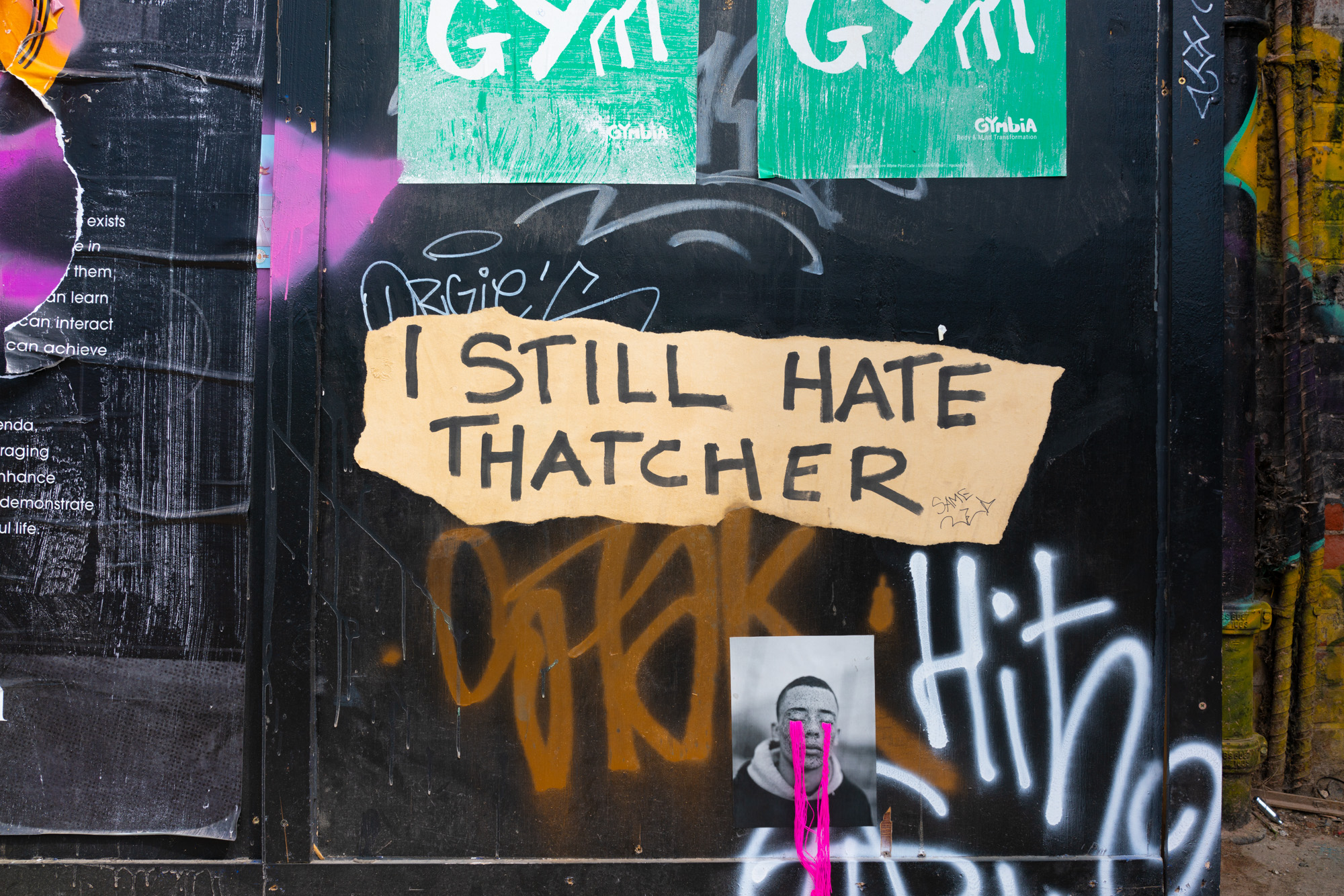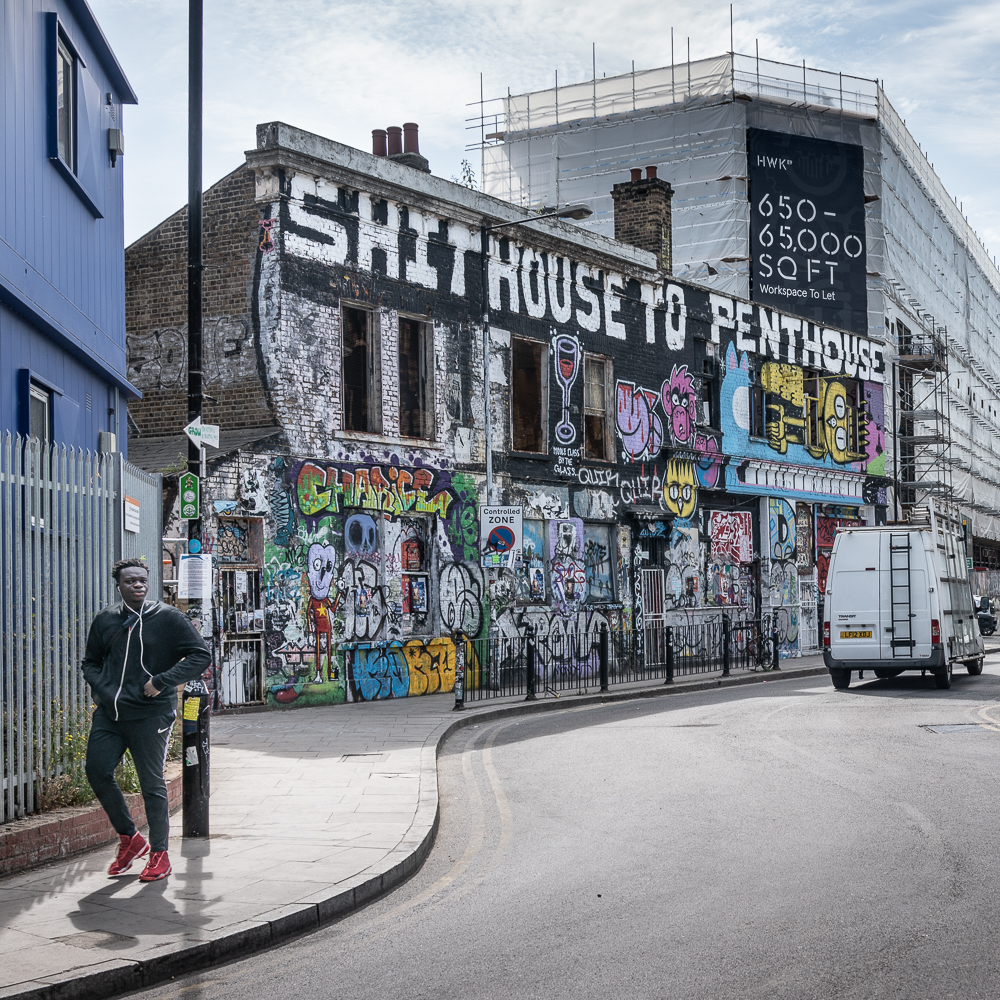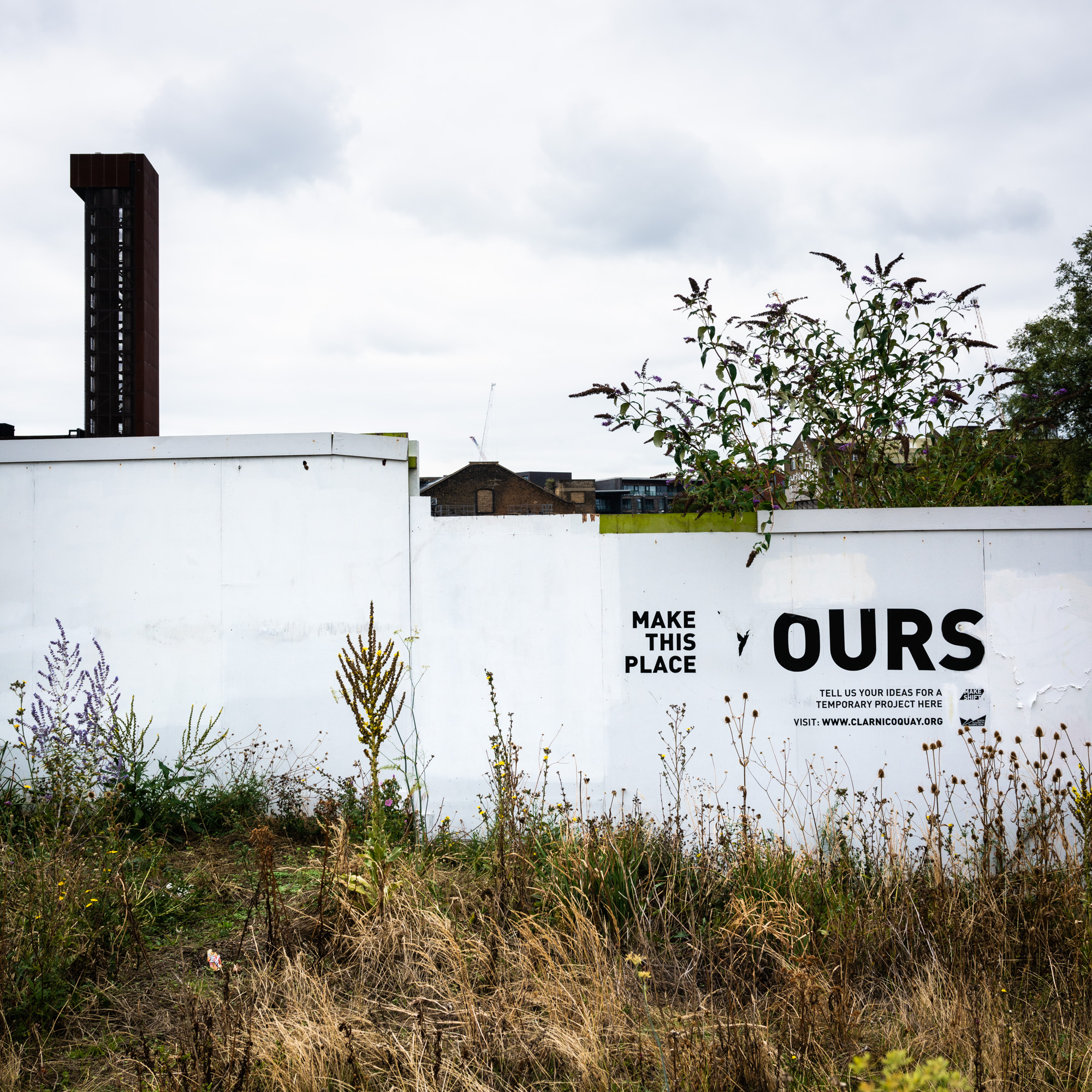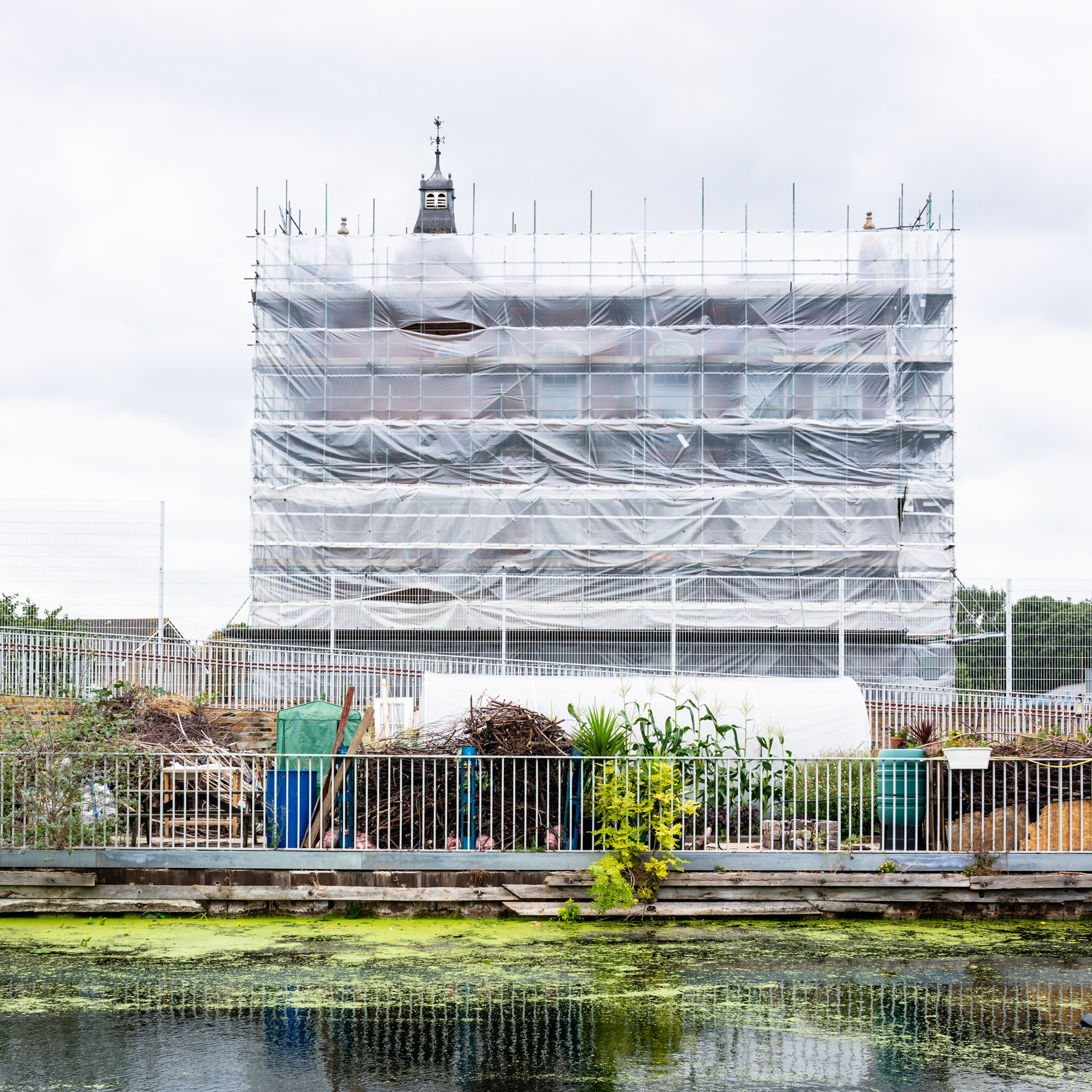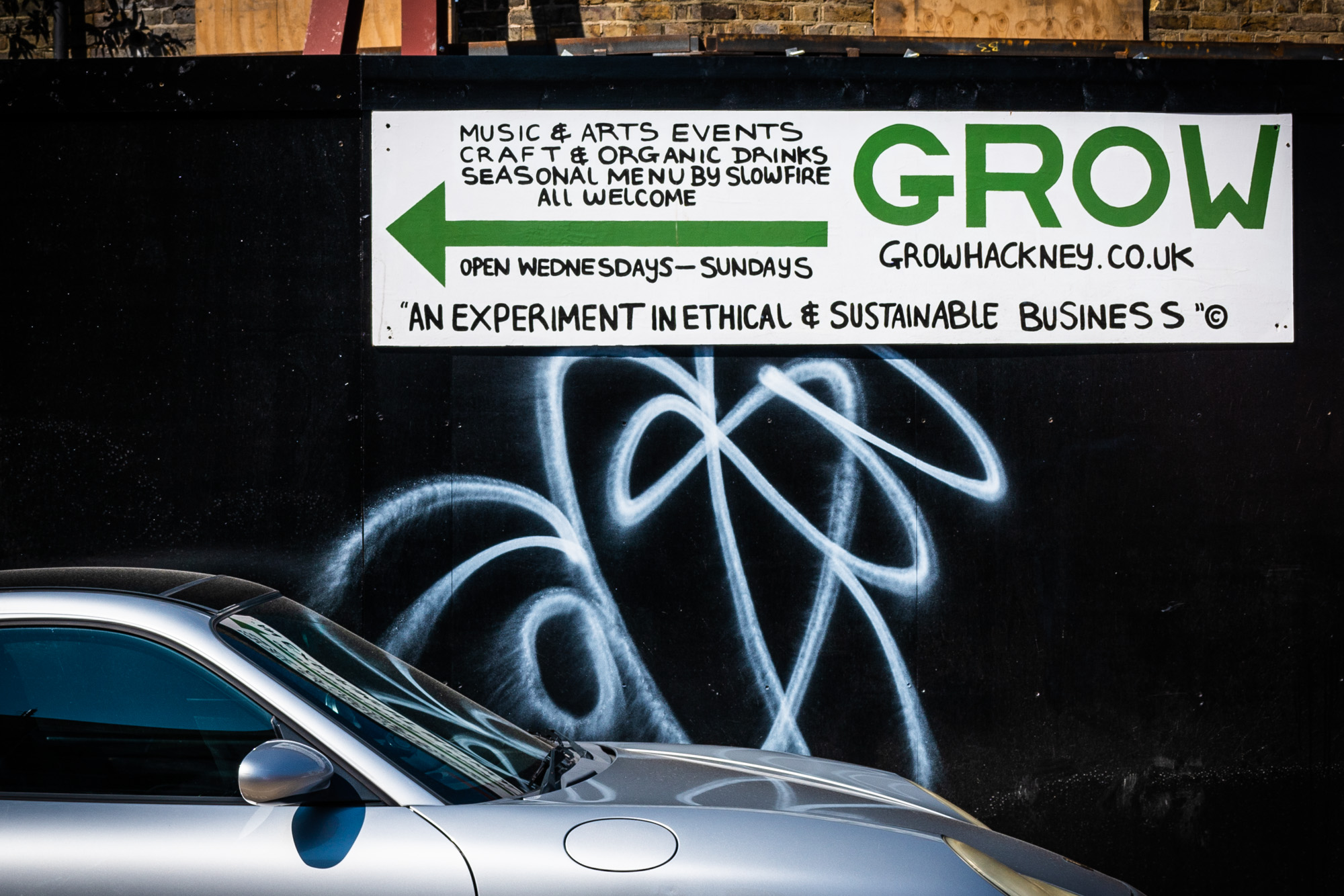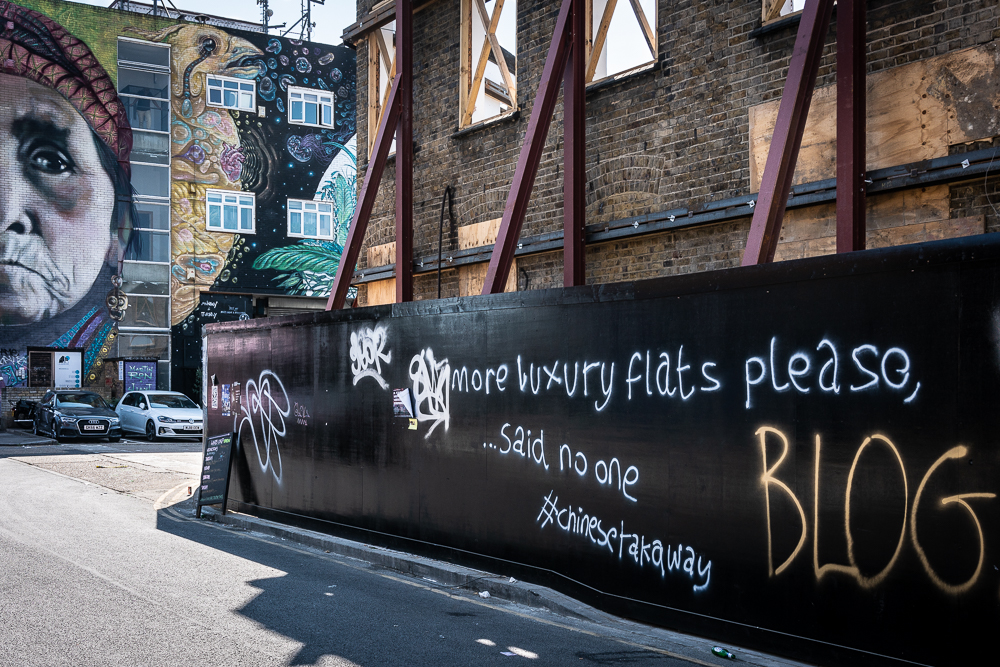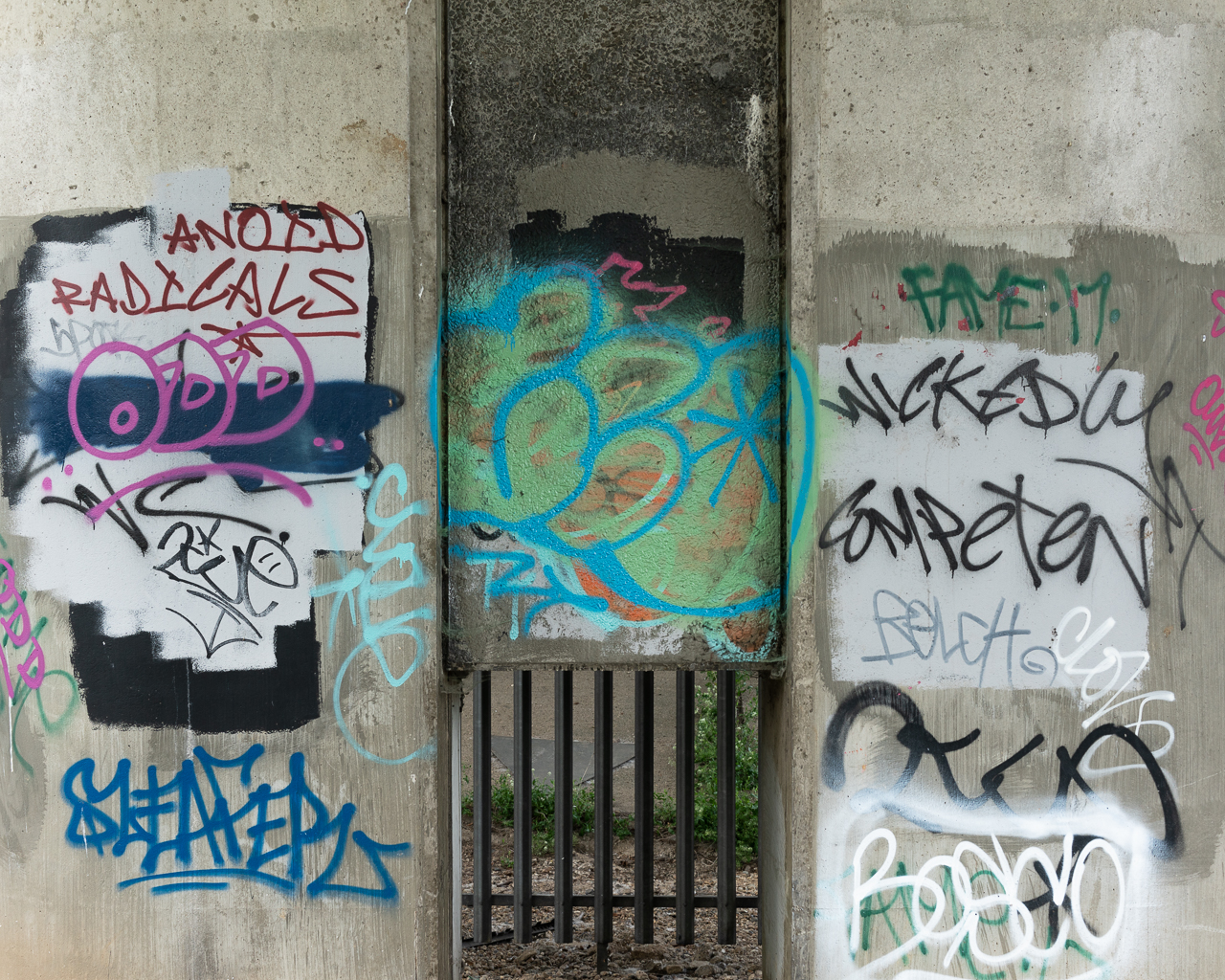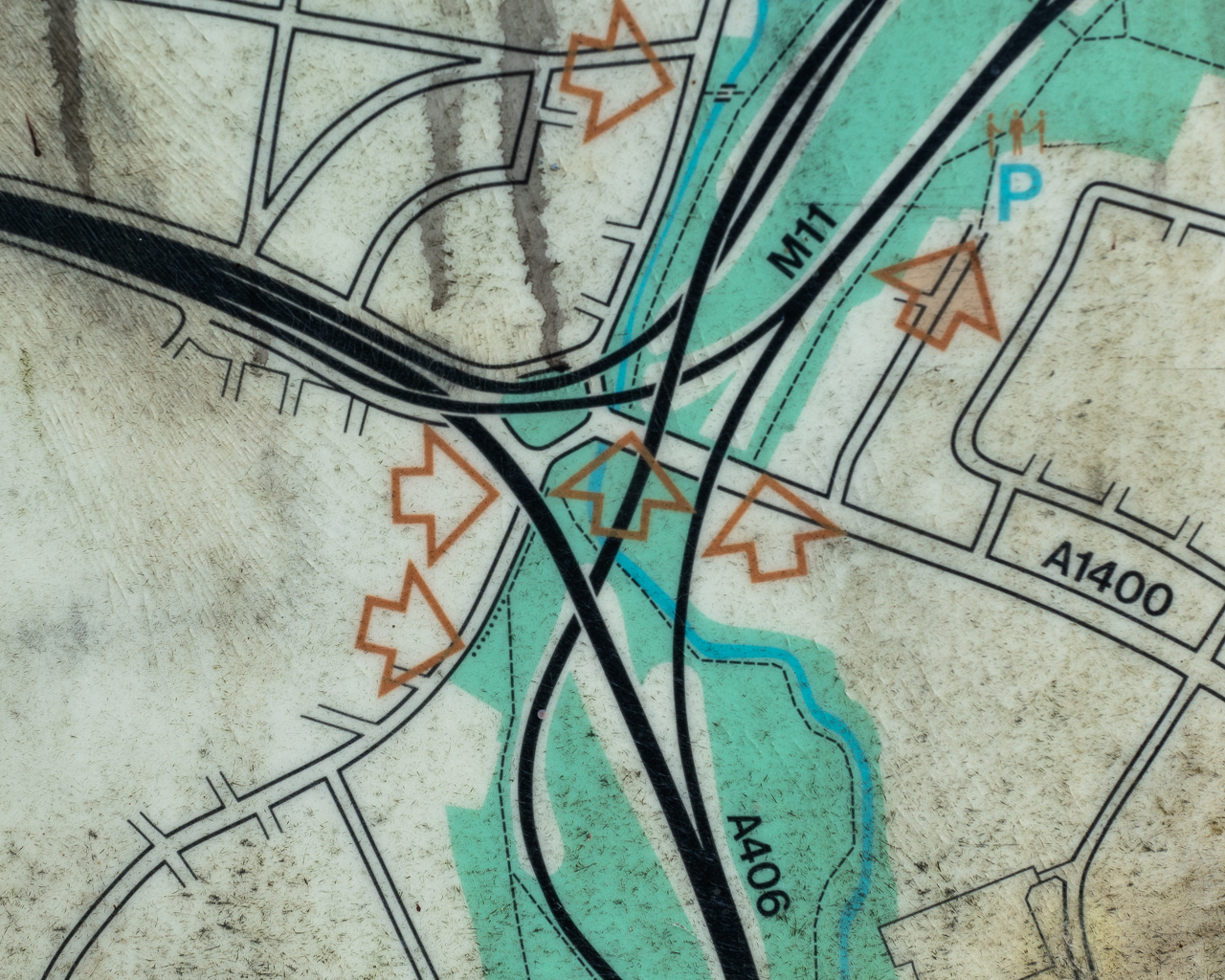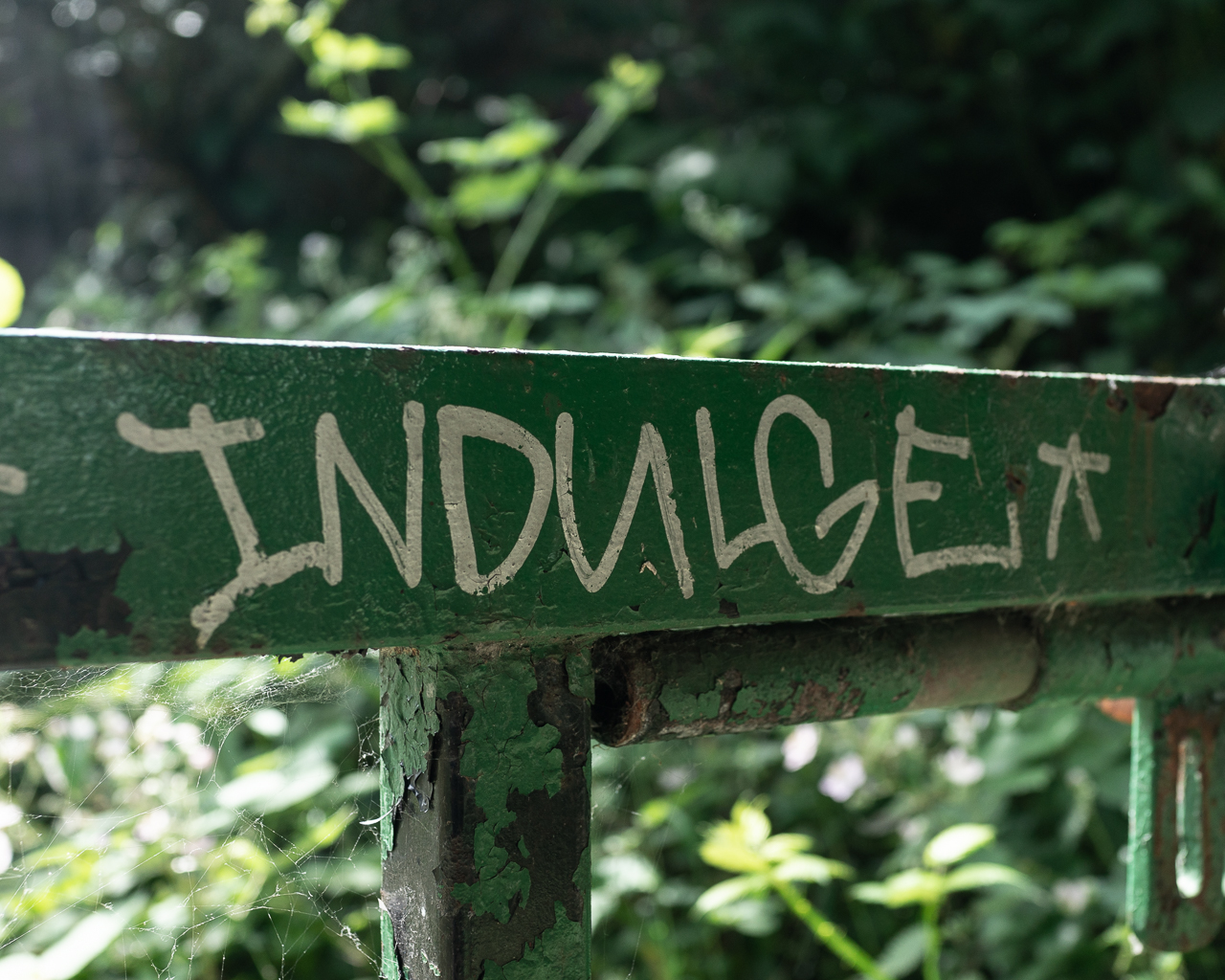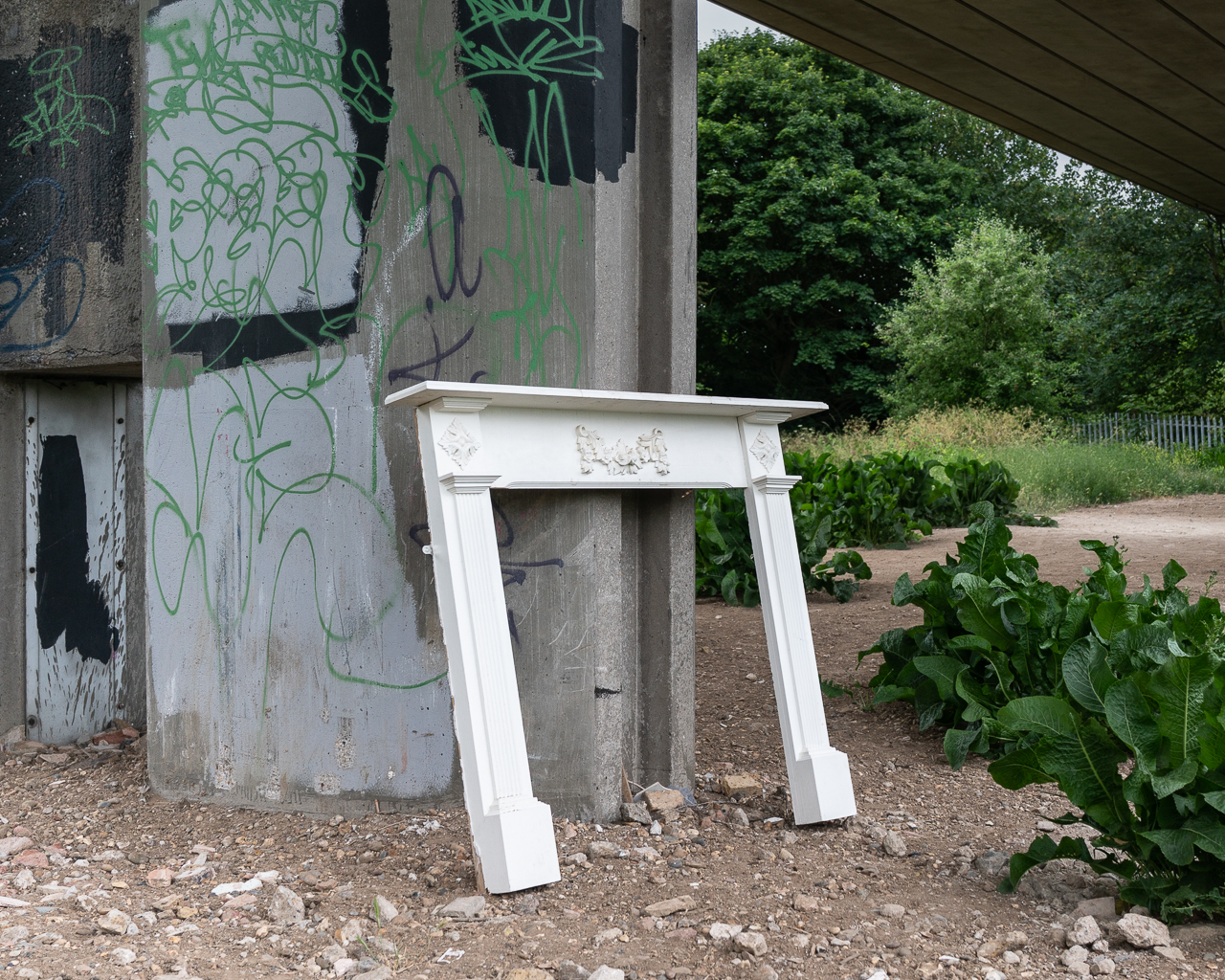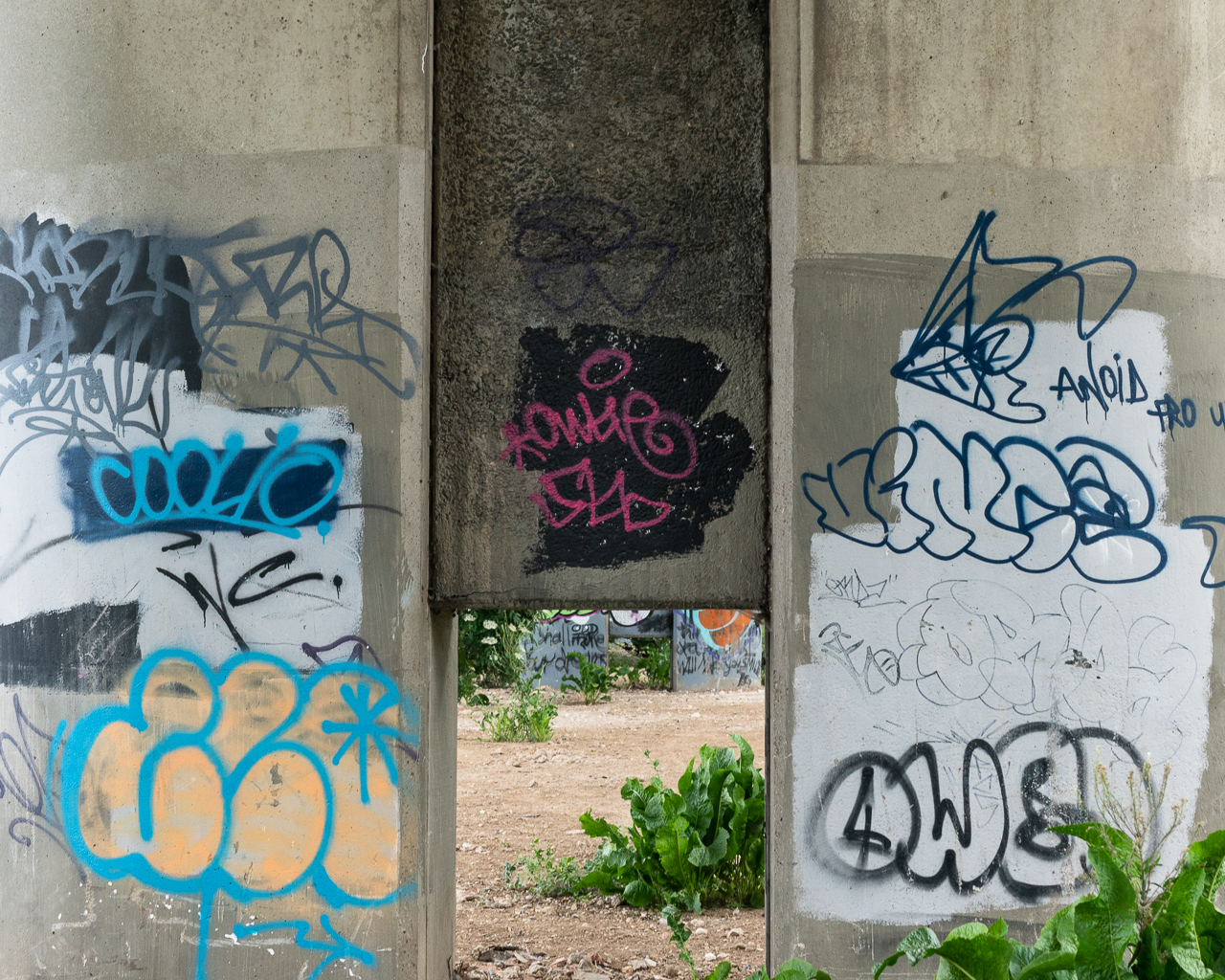In order to try to clear the backlog, I’ve put three Paris exhibitions together, with just short reflections. None are strictly photographic, but each one has relevance to at least one aspect of the development of my own work.
Junya Ishigami, Freeing Architecture
07.08.18 Fondation Cartier pour l’art contemporain, Paris
 An extensive survey, covering both floors of the gallery, of the work of a radical Japanese architect. In a discussion in the previous module, it was stated that how a building will look when photographed was influencing architects in their designs. The absence of photographs in this exhibition is notable.
An extensive survey, covering both floors of the gallery, of the work of a radical Japanese architect. In a discussion in the previous module, it was stated that how a building will look when photographed was influencing architects in their designs. The absence of photographs in this exhibition is notable.
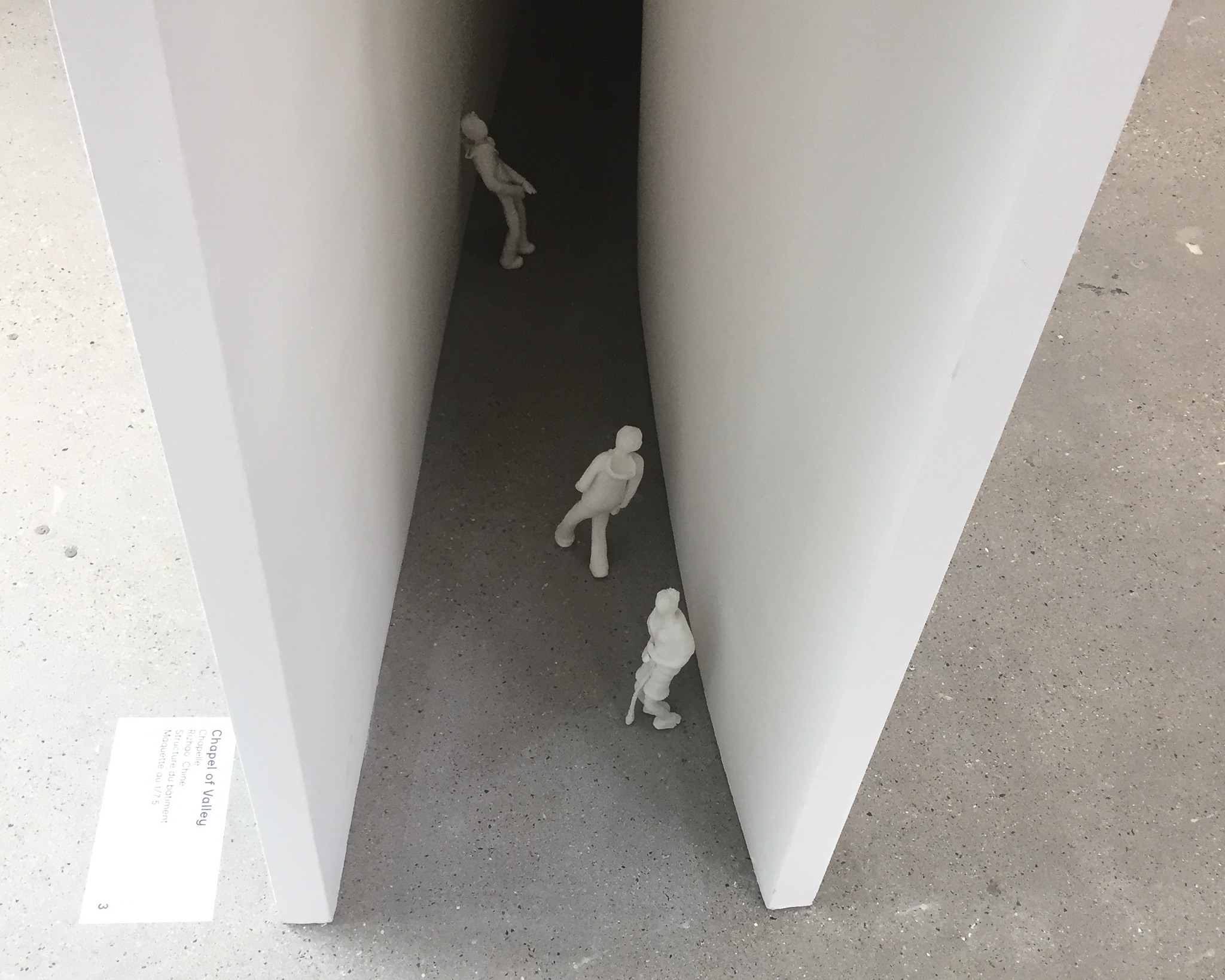
Instead, models, drawings and text dominate, reinforcing Ishigami’s concern with the relationship between the natural and the human, and in particular, fluidity between the interior and the exterior (for instance, in the digging out of the basement and removal of interior and exterior walls in the renovation of a museum, the construction of a chapel in a valley from two high undulating walls open to the sky, the creation of interior gardens and the utilisation of open space under canopies and walkways in a number of buildings). Ishigami also prioritises engagement of the community, to both understand how space is used and involve people in consideration of radical spacial solutions which, in some cases, can be adapted to how they are used in practice.
TeamLab, Beyond Borders
08.08.18 La Villette, Paris
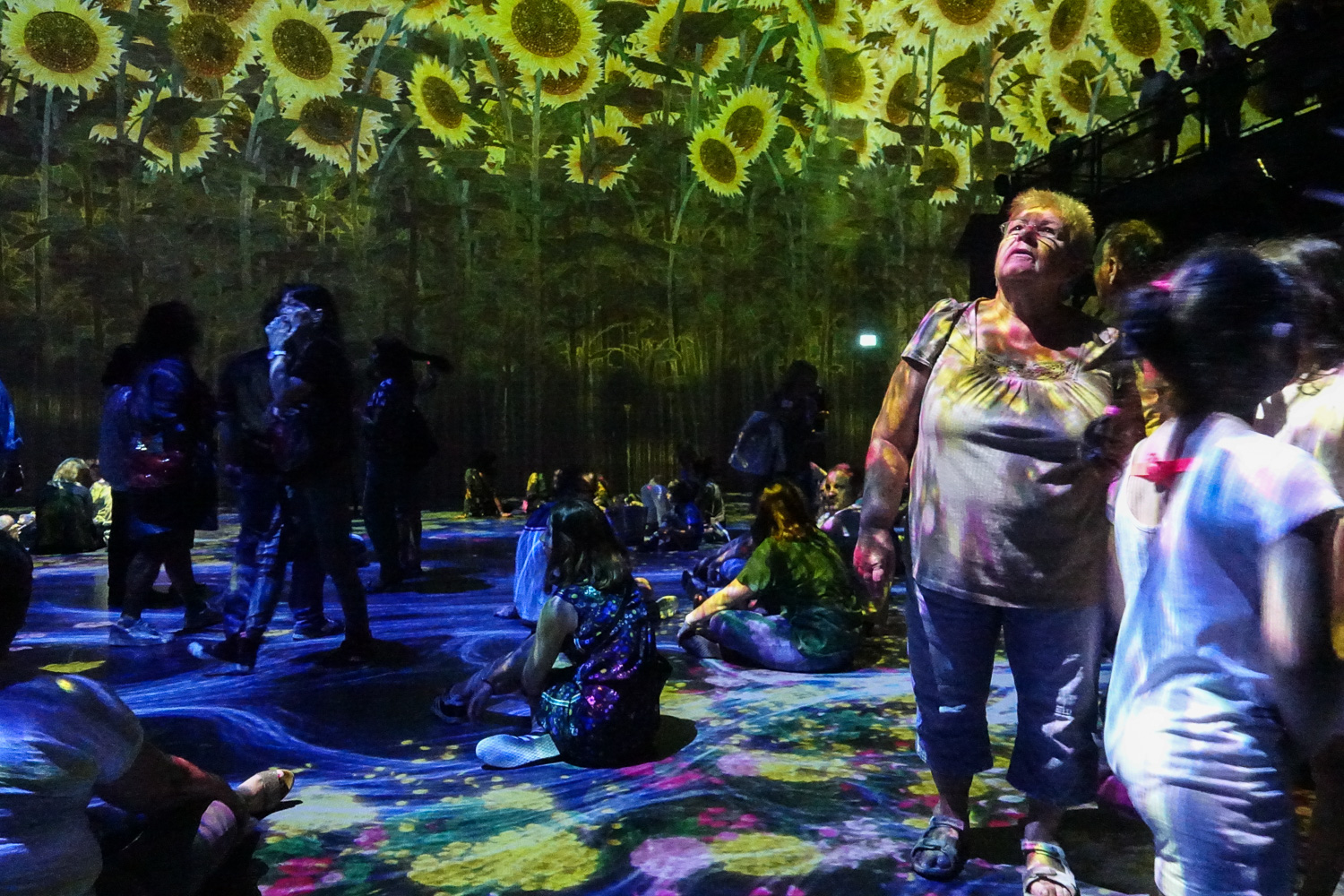
I was impressed by a small piece by TeamLab (presented on an LCD panel) at the Art Gallery of South Australia in Adelaide last year. This, massively scaled up immersive experience, draws on the same technology and philosophy, but has very different aspirations. It’s an experience, not a gallery piece. In the end, though, more entertainment than art. The cycle of of nature narrative (played over the period of one hour) was unconvincing, and seemed to be more a way of organising the experience than carrying any greater meaning. An engaging experience in a playground like environment, but ultimately spectacle rather than art. Reinforced the need to leave space for something new to be created by the viewer/participant.
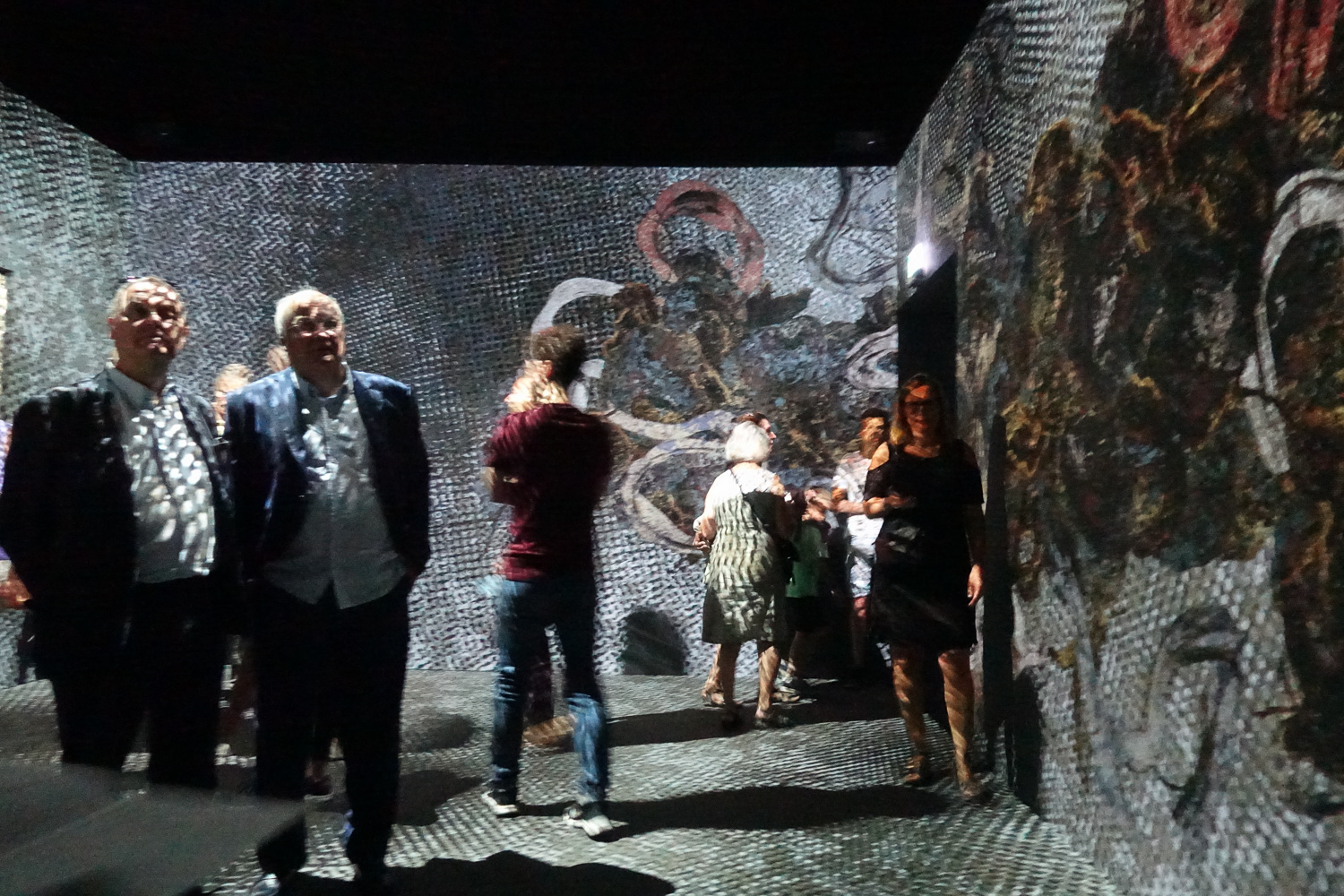
Ryoji Ikeda, continuum
08.08.18 Pompidou Centre, Paris
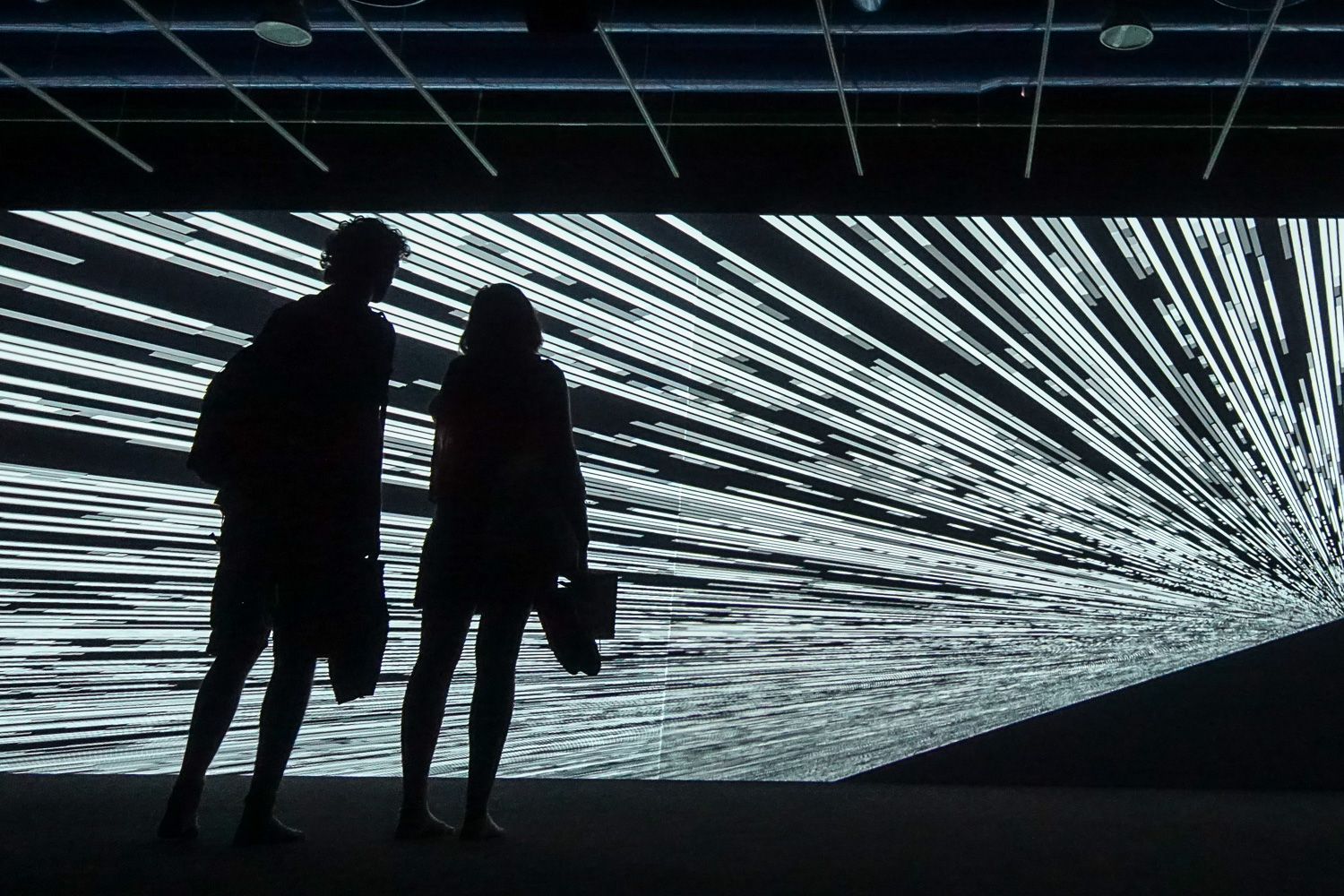
Data driven, with integration of the audio and visual. Very much an immersive experience. Worked beautifully with the neighbouring ‘Coding the World‘ exhibition, which explored the link between art and technology through the influence of programming and coding (from systems art through to Ikeda and others, in all disciplines).

